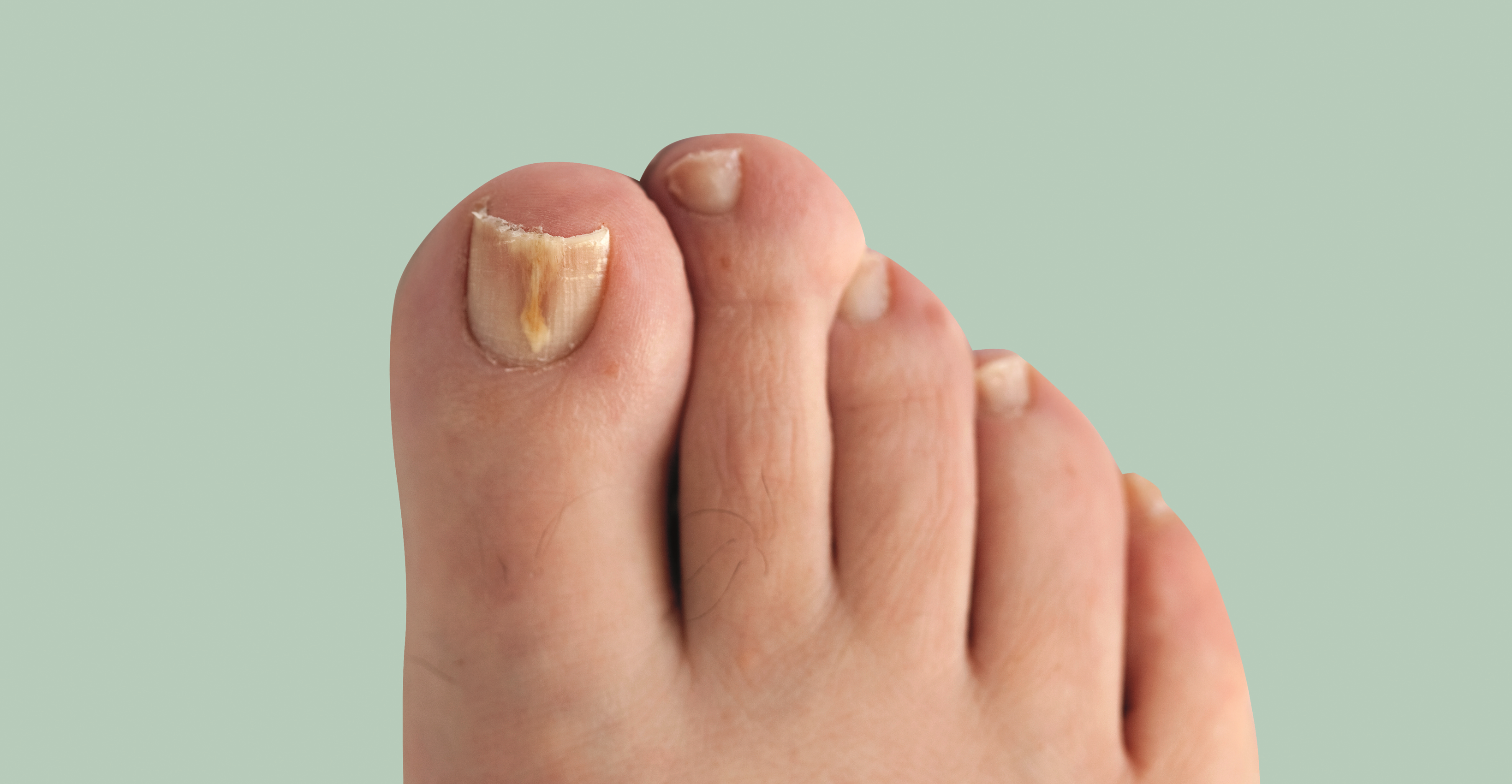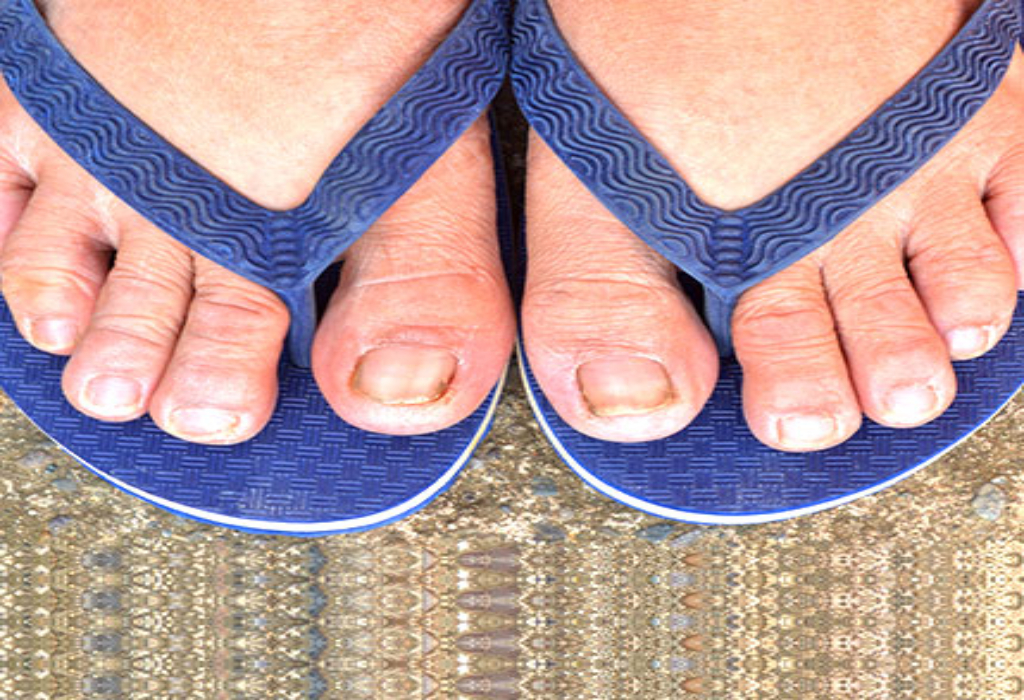Facts About Toenail Fungus: Symptoms, Causes, Treatments - Health.com Uncovered
The Single Strategy To Use For Fungal Toenails, Yellowed or Deformed Toenails Anne
We include items we think are beneficial for our readers. If you buy through links on this page, we might earn a small commission. Here's our process. SummaryFungal infections can impact any part of the body. Fungi are typically present in and on the body together with various bacteria. However when a fungus starts to overgrow, you can get an infection.
Fungal infections usually establish with time, so any immediate difference in the method your nail looks or feels may be too subtle to discover at initially. A fungal nail infection occurs from the overgrowth of fungi in, under, or on the nail. Fungis thrive in warm, damp environments, so this type of environment can cause them to naturally overpopulate.
What Causes Toenail Fungus, and How Can I Get Rid of It? Can Be Fun For Everyone
Fungis that are already present in or on your body can cause nail infections. If you have actually been available in contact with somebody else who has a fungal infection, you might have contracted it also. Fungal infections affect toenails more frequently than fingernails, likely because your toes are generally confined to shoes, where they're in a warm, damp environment.


Tools, such as emery boards and nail clippers, can spread fungal infections from person to individual if they're not sterilized. There are several reasons for fungal nail infections. Each cause has a treatment of its own. Although Go Here For the Details of the causes of a fungal nail infection are avoidable, some risk factors increase the possibility of developing one.
Indicators on Onychomycosis: Current Trends in Diagnosis and Treatment You Should Know
If you have relative who often get these kinds of fungal infections, you're more most likely to get them also. Older adults have a high threat for getting fungal nail infections due to the fact that they have poorer circulation. The nails likewise grow more slowly and thicken as we age. A fungal infection of the nail may affect part of the nail, the whole nail, or a number of nails.

When infected, the outer edge of the nail has a jagged look with white and/or yellow streaks throughout the nail. The infection attacks the nail bed and underside of the nail. White superficial infection, White superficial infections usually affect toe nails. A specific kind of fungus attacks the top layers of the nail and creates distinct white spots on the nail.
UNDER MAINTENANCE